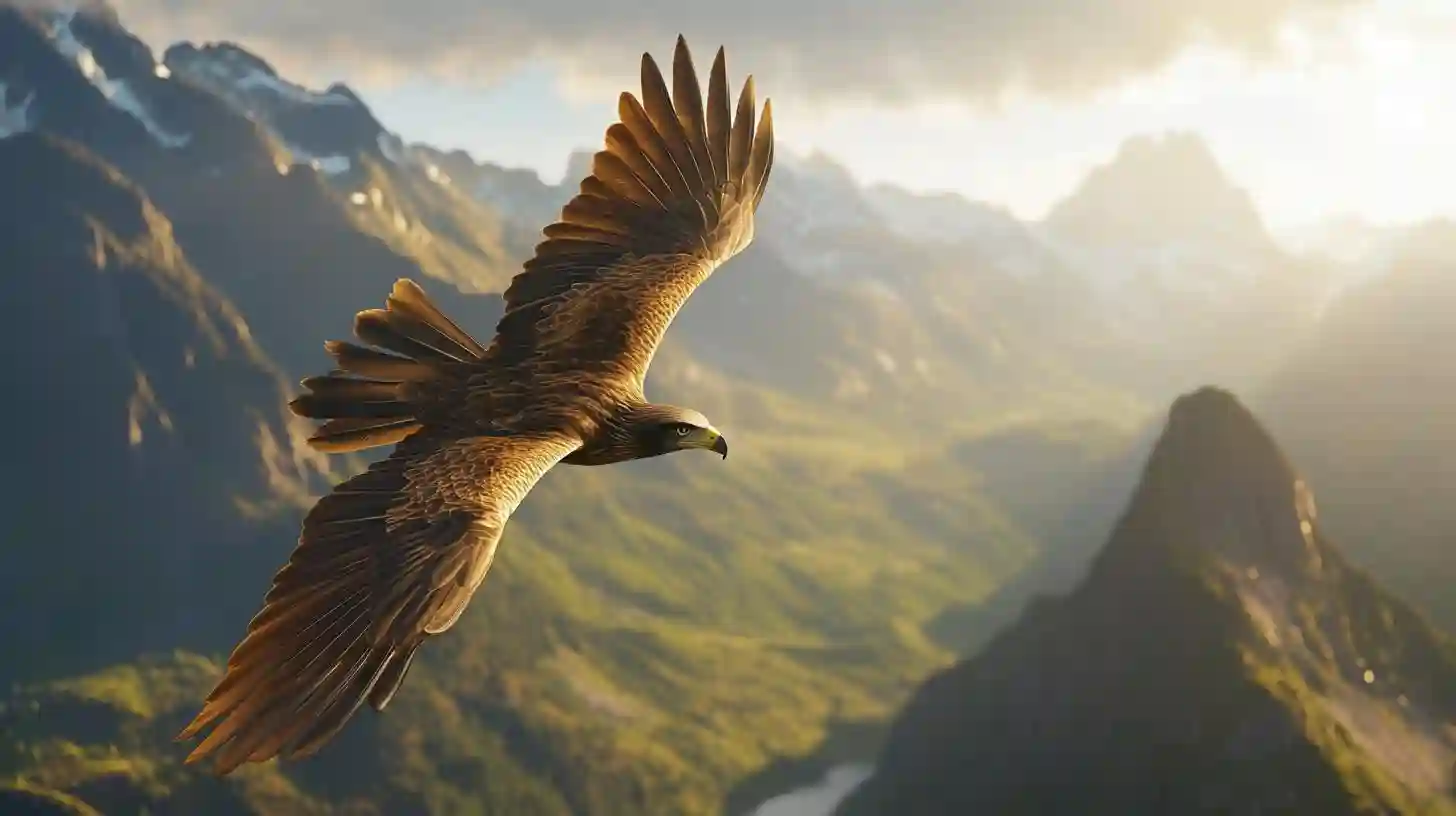
The remarkable world of animal aviation is filled with fascinating stories of species that have seemingly defied gravity, ascending to remarkable altitudes that astonish researchers and enthusiasts alike. Notably, the Rüppell's griffon vulture holds the record for the highest flight ever observed in the animal kingdom. This majestic bird, with its astonishing ability to soar to incredible heights, was recorded at over twenty-seven thousand feet, a feat that places it well above the landscape, where the air is thin, and the weather is unpredictable.
These vultures have adaptations that make such high-altitude travel possible. Their large wingspan and ability to utilize thermals allow them to glide effortlessly while searching for food. As scavengers, they soar high above the mountains, spotting carrion from extraordinary distances. Their physiological adaptations include a unique respiratory system that enables them to process the low oxygen levels found at such heights, giving these vultures an advantage in their quest for sustenance.
Another impressive high-flyer is the bar-headed goose, which is known for its migratory patterns that take it over the towering peaks of the Himalayas. These geese undertake impressive seasonal migrations where they traverse some of the highest altitudes in the world. To accomplish this, they have developed extraordinary physiological traits, including a specialized hemoglobin that allows them to efficiently transport oxygen even in extremely thin air. This adaptation is crucial during their migration, which can see them crossing mountain ranges that rise dramatically above sea level, exhausting their energy reserves.
The common swift is another bird famed for its remarkable high-altitude performance. These small, aerial acrobats spend most of their lives in the sky, where they hunt for insects while in flight. Common swifts have been observed at altitudes upwards of fifteen thousand feet, showcasing their ability to exploit the atmospheric conditions prevalent at those elevations. Their aerodynamic body shape and long, pointed wings make them exceptionally efficient fliers, allowing them to glide and swoop gracefully while maintaining altitude with minimal energy expenditure.
In the realm of insects, the desert locust exhibits incredible resilience and adaptability, capable of soaring high in the sky, reaching altitudes of several thousand feet. During their swarm phases, these locusts become complicit in the vast aerial phenomena, traveling long distances in search of food. Utilizing the wind currents, locusts can cover extensive territories at surprising heights, demonstrating how even small creatures can navigate the complexities of the atmosphere effectively.
The albatross, a bird celebrated for its expansive wingspan, can glide for thousands of miles across oceans without flapping its wings. These seabirds are known to fly at altitudes that can rival many larger birds, utilizing dynamic soaring techniques to gain altitude while harnessing the power of the wind. Their remarkable efficiency in flight enables them to travel great distances with minimal energy expenditure, and they are often seen soaring effortlessly above ocean waves.
Another fascinating species is the yellow-billed albatross. This bird can reach vast heights, sometimes surpassing its less adaptable seabird companions. Its migration patterns demonstrate an ability to engage with wind currents, enabling it to ascend into the higher layers of the atmosphere where it can capitalize on favorable wind conditions. The yellow-billed albatross embodies the spirit of aerial grace, effortlessly riding the winds for substantial periods.
In the insect world, the migratory monarch butterfly showcases an incredible journey, traveling thousands of miles during its migration from North America to Central Mexico. These butterflies can fly at high altitudes, soaring above mountain ranges and navigating challenging weather conditions. With their small size, they are often underestimated, but the monarch demonstrates resilience and determination, taking risks that would challenge many larger creatures.
The flight capabilities of various species show the extraordinary adaptations that allow animals to conquer the heights of our planet. From birds of prey gliding majestically over mountain peaks to insects thriving amidst changing wind patterns, the natural world continually reveals the wonders of evolution and adaptation. Each species exemplifies the resilience of life in reaching new heights, showcasing the diversity and incredible capabilities of the animal kingdom as they navigate their environments in ways that inspire admiration and curiosity. The heights these species reach reinforce the impressive potential within the animal kingdom and remind us of the myriad adaptations that enhance survival across varied ecosystems. As observations continue and research unfolds, the skies will undoubtedly reveal more intriguing stories about the spectacular flight altitudes achieved by animals around the globe.